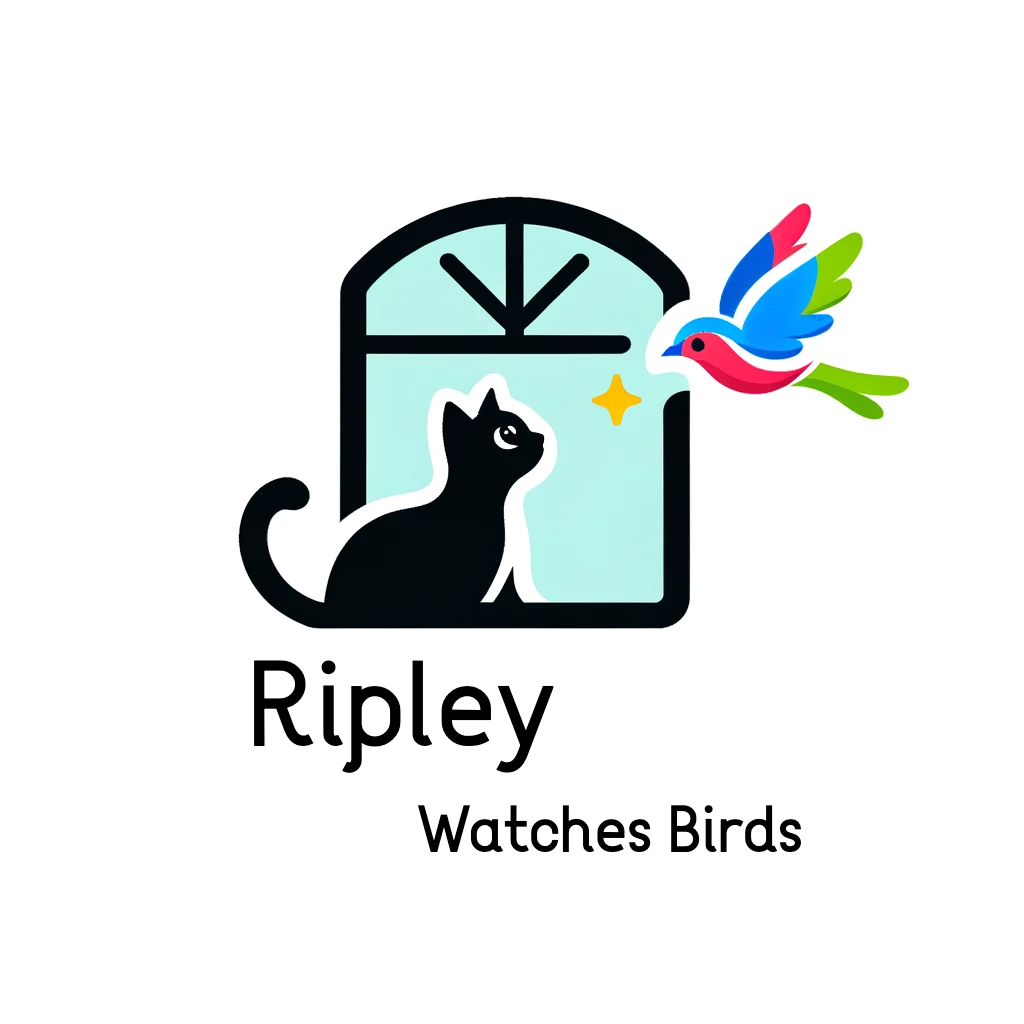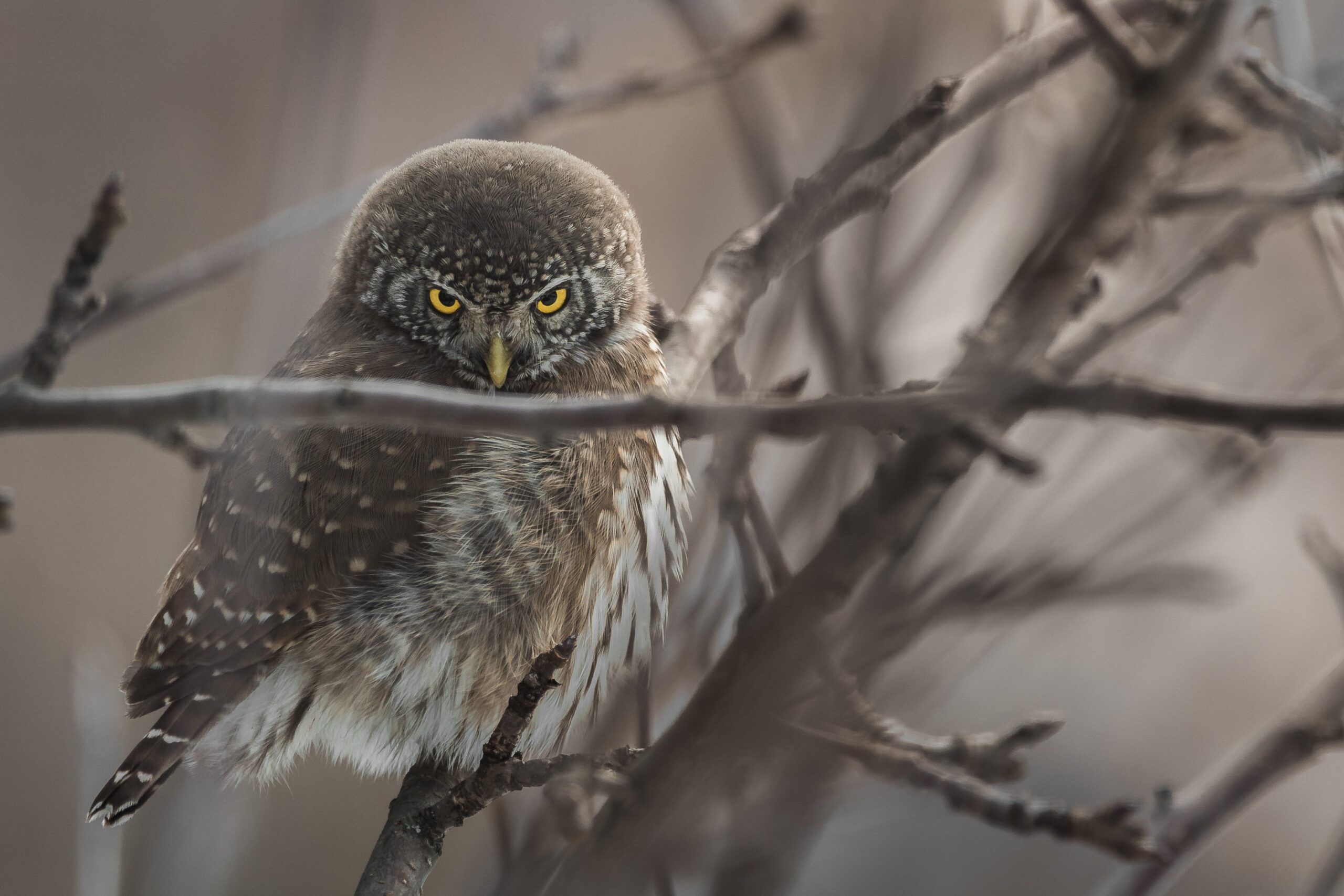Are owls friendly to humans? This intriguing question captures our imagination, especially with all the TikTok videos out there showing cute owls enjoying head scratches.
And while these videos really are adorable, we have to remember that in general, owls are not naturally sociable or amiable creatures, especially in comparison to other bird species.
In this article, we delve into the enigmatic world of owls, uncovering the reasons behind their usual aloofness from human interactions, while also considering those rare moments, popularized on social media, where they appear to defy their natural tendencies.
What Is the General Behavior of Owls?
Owls, with their nocturnal and solitary traits, stand apart in the avian world. These birds of the night have evolved to hunt and live in darkness, a behavior that inherently sets them apart from humans who are active during the day. This alignment with the nocturnal realm means that owls have limited interaction with humans, reducing opportunities for friendly encounters. Their acute senses, crucial for survival in the dark, are fine-tuned for detecting prey, not for socializing.
Moreover, their preference for solitude is another key aspect that makes them less approachable. Unlike flock birds that thrive in groups and sometimes interact with humans, owls are often lone hunters, only coming together for mating and occasionally to rear their young. This preference for solitude over social interaction indicates a natural disposition that’s more aloof than affable. Their solitary nature, combined with a nocturnal lifestyle, inherently makes owls less likely to seek out or enjoy human company, thus explaining why they are not the friendliest species of birds.
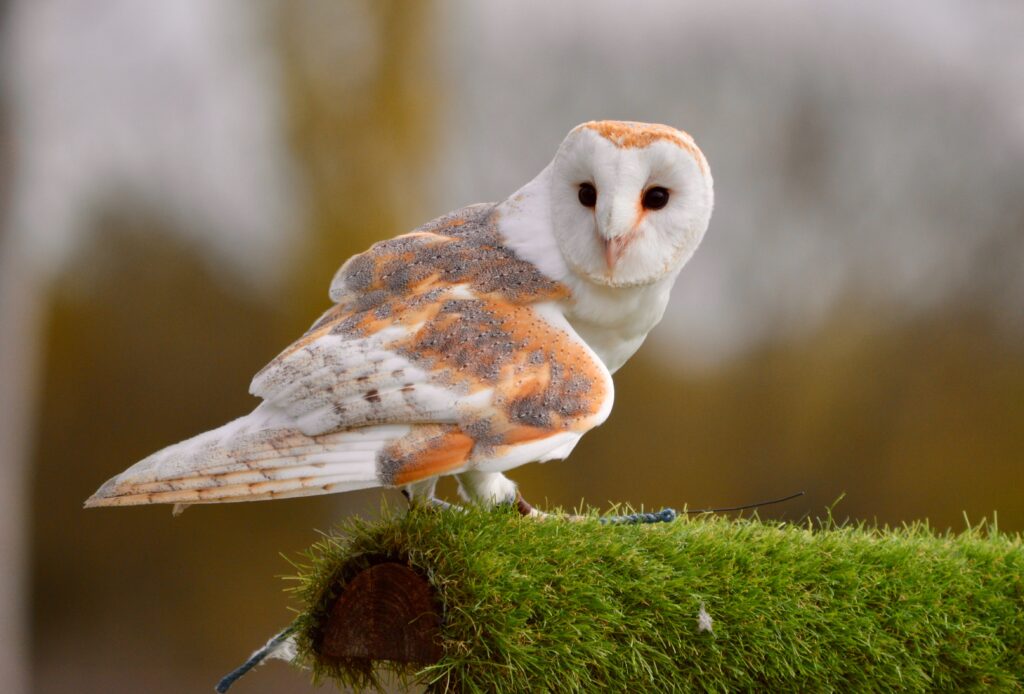
Why Aren’t Owls Considered Friendly or Affectionate Toward Humans?
The perception of owls as unfriendly or unaffectionate towards humans stems largely from their inherent nature and survival instincts. As solitary and predominantly nocturnal creatures, owls have evolved behaviors that are more about self-preservation and less about social interaction. Their primary focus in the wild is on hunting and survival, not forming bonds, as seen in more sociable bird species.
Additionally, owls’ interaction with humans is often misunderstood due to their enigmatic lifestyle. Their infrequent visibility and mysterious nocturnal activities contribute to a sense of detachment. Unlike birds that have adapted to human presence, such as urban pigeons or park ducks, owls maintain a natural distance from people. This distance is often perceived as unfriendliness.
Moreover, the portrayal of owls in media and folklore as wise and mystical creatures can lead to unrealistic expectations about their sociability. In reality, their interactions are based on instinct and necessity rather than affection or friendliness. It’s important to understand that their seeming aloofness is not a sign of dislike towards humans, but rather a reflection of their wild and independent nature.
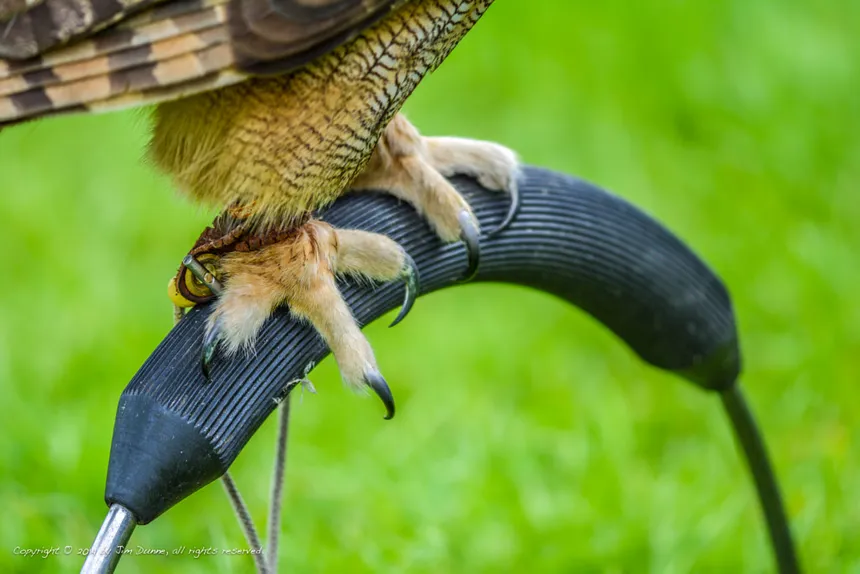
Can Owls Be Dangerous to Humans?
Owls, equipped with powerful beaks and sharp talons, are formidable birds of prey. Their talons, in particular, are not only tools for hunting but also a means of defense. The Great Horned Owl, for example, possesses talons with a gripping strength of up to 500 pounds per square inch, comparable to the bite of a large dog. This incredible strength is primarily for seizing prey, but it can have dire results when directed towards humans in rare defensive situations. Not to mention their razor sharp beak!
Check out this article for more interesting facts about the Great Horned Owl
While owls generally avoid human interaction, they can be protective of their territory, especially during nesting season. If they perceive a threat to their nest or offspring, they may exhibit aggressive behavior. It’s crucial to be aware of this, especially in areas where their natural habitat intersects with human activity.
To minimize potential danger, it is advisable to keep a respectful distance from owls and their nesting sites. Should you inadvertently come close to an owl, particularly a nesting one, retreat calmly to avoid provoking a defensive response. Understanding and respecting the power and wild nature of these birds is essential for safe coexistence.
Do Different Owl Species Behave Differently Towards Humans?
Although owls, in general, don’t interact closely with humans and prefer a healthy distance, there can be slight variations in behavior between different species. Let’s delve into the behaviors of Barn Owls, Snowy Owls, Barred Owls, and Great Horned Owls towards humans.
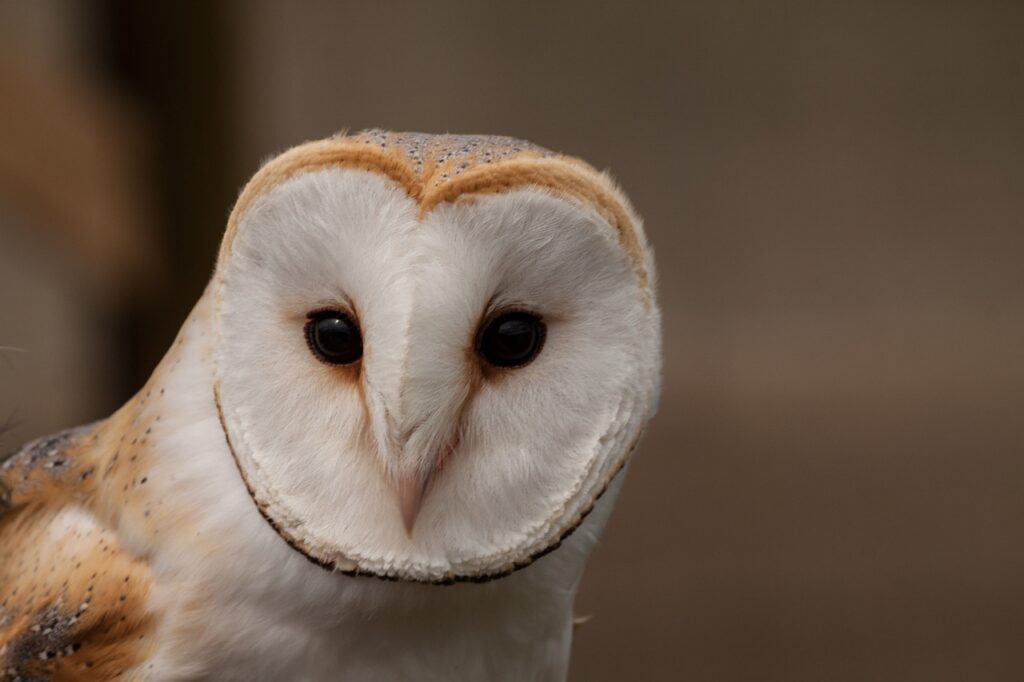
Are Barn Owls Friendly?
Known for their heart-shaped faces and silent predatory habits, Barn Owls are not particularly friendly towards humans. They tend to be more aloof or even hostile rather than amicable. Instances of Barn Owls attacking humans are rare, but they do value their space. These owls are adaptable, able to live in various environments (such as barns), and are often solitary, except when found in pairs during mating seasons.
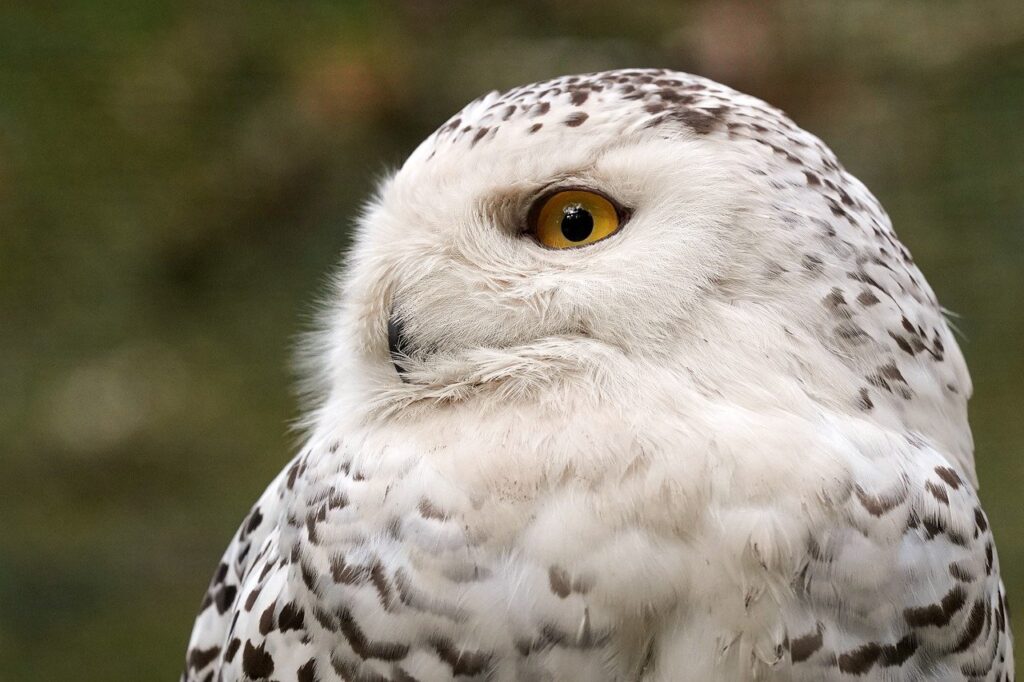
Are Snowy Owls Friendly?
With their striking white feathers, Snowy Owls are a captivating sight. Unlike many owl species, they are active during the day and inhabit the Arctic regions, migrating to parts of the United States and Canada. With the exception of everyone’s favorite owl Hedwig, they are not known for being friendly and can be quite aggressive when defending their territory or nests, even against larger predators like wolves. Their majestic appearance belies a fierce protectiveness.
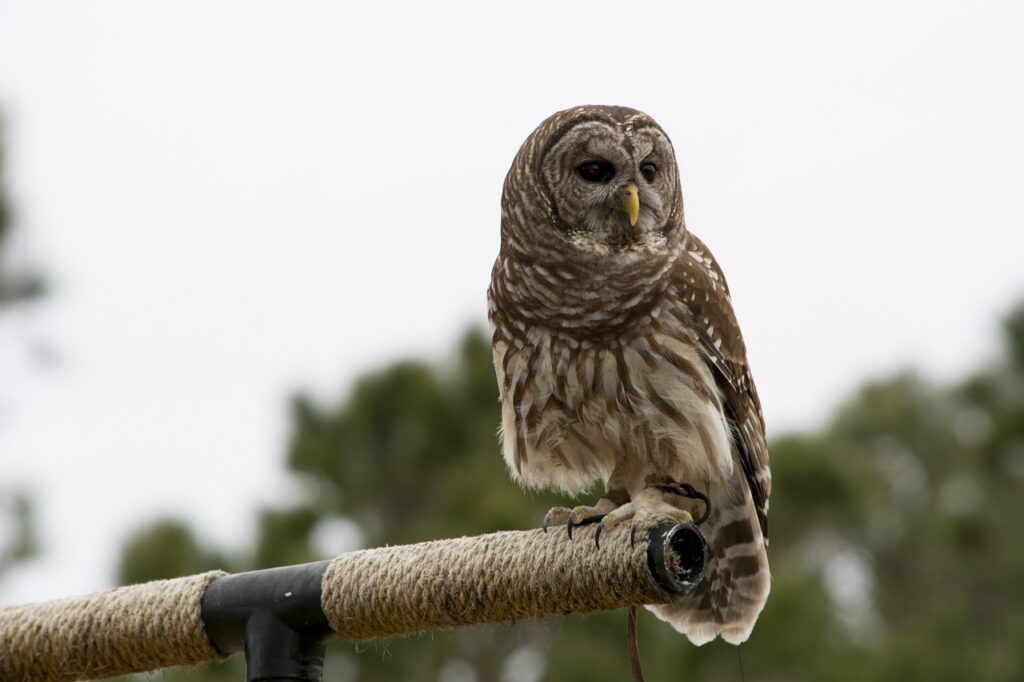
Are Barred Owls Friendly?
Recognized as one of the noisiest owl species, Barred Owls are not particularly friendly either. Their aggressive nature becomes more pronounced during the breeding season, where they fiercely protect their territory from any intruders. Female Barred Owls, in particular, exhibit strong protective instincts, ready to confront threats to their nests.
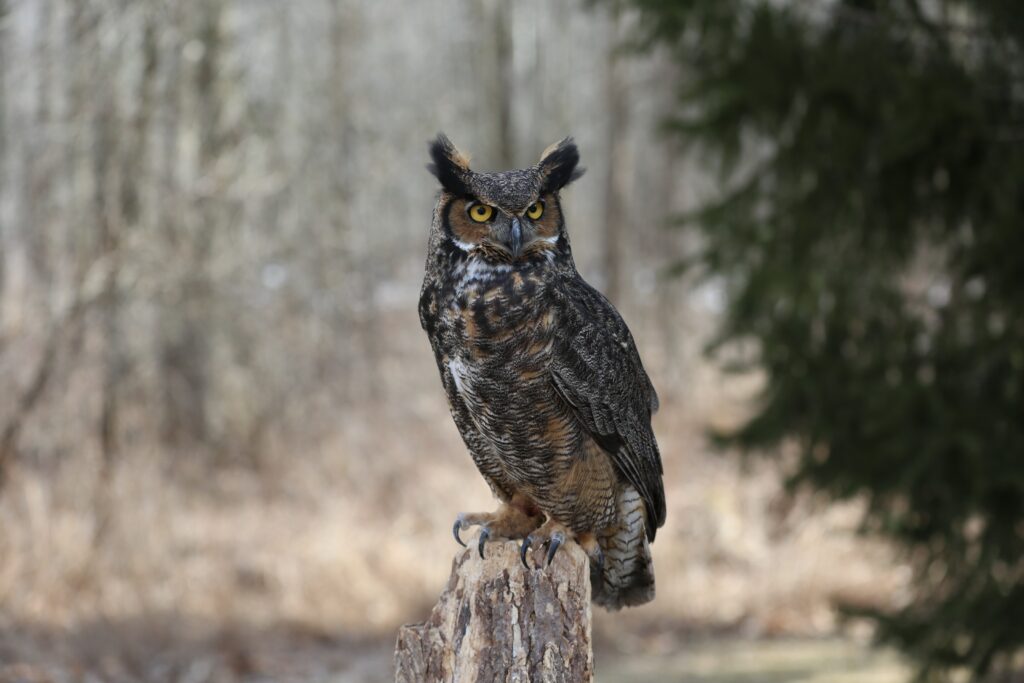
Are Great Horned Owls Friendly?
Among the largest and most powerful owl species, Great Horned Owls are known for their formidable hunting skills, preying on a wide range of animals, including other owls. Native to both South and North America, they are solitary and are considered the most aggressive and potentially dangerous to humans among the owl species. You might see cute videos of the previous owl species, but domesticated great horned owls are rare.
In summary, while each of these owl species has unique behaviors and traits, a common thread is their general aloofness or even aggressiveness towards humans. This behavior stems from their wild instincts and the need to protect their territory, rather than any natural inclination to be sociable with humans.
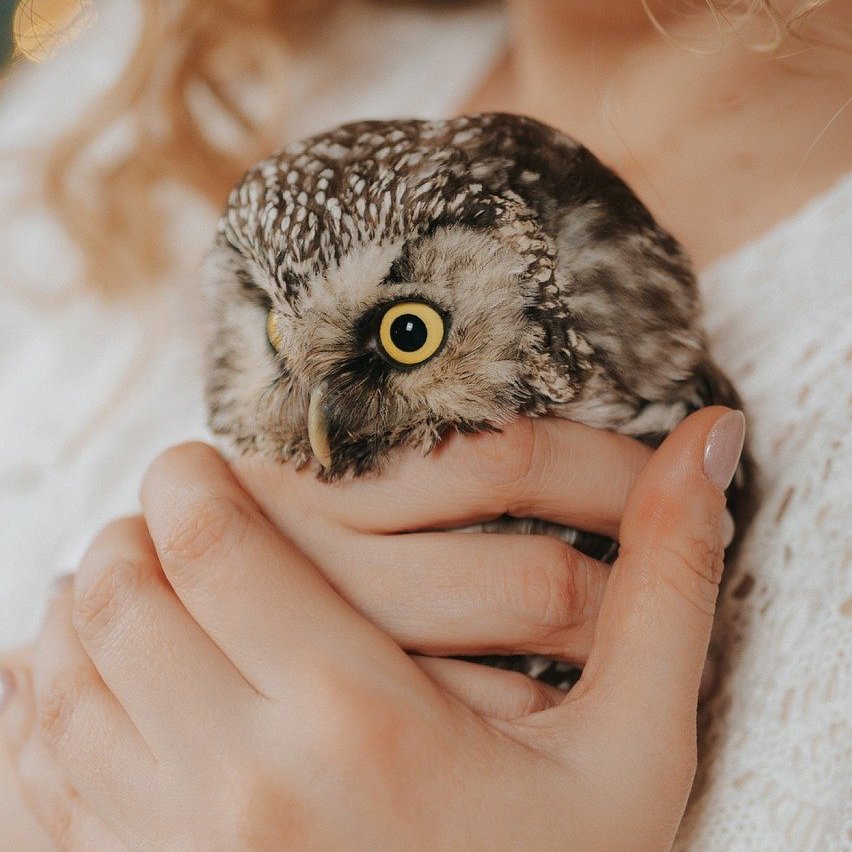
How Does Being in Captivity Affect an Owl’s Behavior?
The behavior of owls undergoes significant changes when they are in captivity compared to their wild counterparts. In the wild, owls are autonomous, self-reliant hunters, operating largely within the secrecy of night. They maintain territories, hunt live prey, and engage in natural mating behaviors. This independence is a crucial part of their identity as birds of prey.
In captivity, however, owls are deprived of these natural behaviors. Their hunting instincts are suppressed, as food is provided to them, and their territorial range is limited to the confines of their enclosure. This can lead to a range of behavioral changes. Some captive owls may become more docile, accustomed to human presence and less reactive to it. However, this should not be mistaken for genuine friendliness or domestication; it is more a result of adaptation to their captive environment.
Human interaction also plays a significant role in shaping the behavior of captive owls. Those regularly handled and socialized from a young age may show less fear or aggression towards humans. Yet, it’s important to note that these interactions are on the owl’s terms – sudden or unwanted human contact can still provoke a stress response, reminiscent of their inherent wild nature.
In essence, while captivity can alter certain behaviors in owls, making them appear more approachable, it does not change their fundamental wild instincts. Their adapted behaviors in captivity are more a survival strategy than a genuine shift in their natural disposition.
Is It Legal and Ethical to Keep Owls as Pets?
Keeping owls as pets is not only legally complex but also fraught with ethical considerations. In many countries, including the United States, owning an owl requires specific permits, often limited to educational or rehabilitation purposes. This legislation reflects the recognition of owls as wild animals not suited for domestic life.
Ethically, keeping an owl as a pet can be contentious. Owls have specific environmental and dietary needs that are challenging to meet in a home setting. More importantly, taking owls from their natural habitat disrupts ecological balances and deprives them of their instinctual behaviors. Advocating for their conservation and respecting their role in nature is paramount.
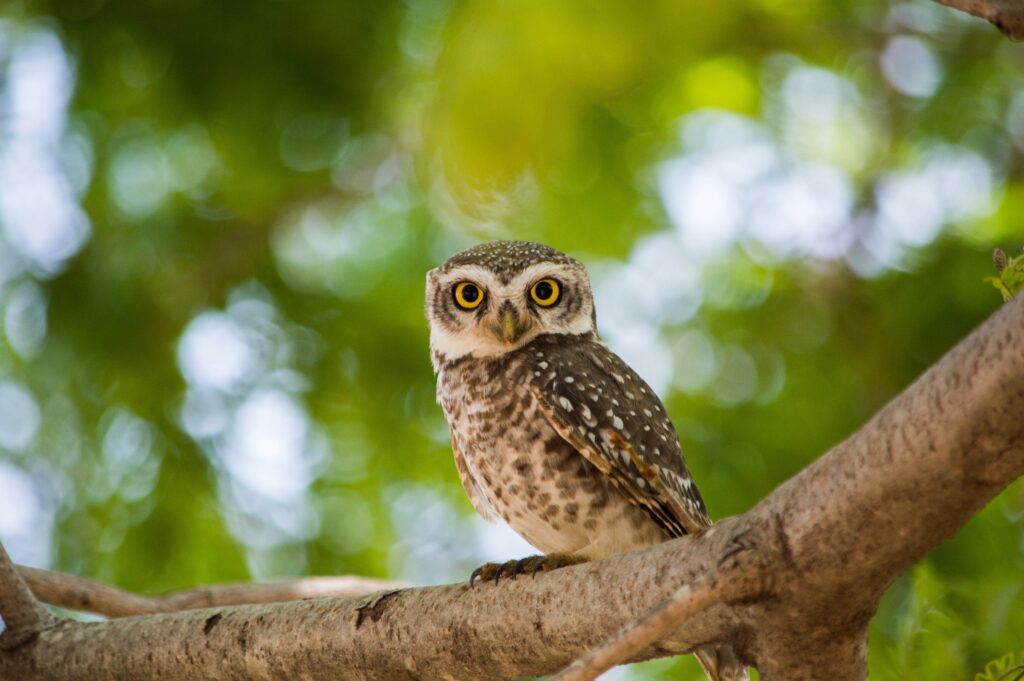
What Should You Do If You Encounter an Owl in the Wild?
If you encounter an owl in the wild, the best approach is one of respectful observation. Maintain a safe distance to avoid disturbing the owl, as getting too close can provoke stress or defensive behavior. Refrain from feeding or attempting to touch it, as this can disrupt its natural hunting patterns and behaviors. Use quiet movements and avoid loud noises to ensure the owl feels secure. Remember, the key to a respectful encounter with an owl in its natural habitat is to observe without interfering with its natural lifestyle.
Conclusion: Respecting Owls as Wild Animals
Throughout this exploration of owls and how friendly they are to humans, a clear theme emerges: owls are captivating yet elusive creatures that command respect.
Their behavior, varying from one species to another, underscores their nature as wild animals, not pets.
Encounters with owls, whether in the wild or in captivity, should be guided by respect for their natural behaviors and habitats.
By appreciating owls from a distance and supporting conservation efforts, we can ensure that these magnificent birds continue to thrive in their rightful place in the ecosystem.🌲🦉🌙
